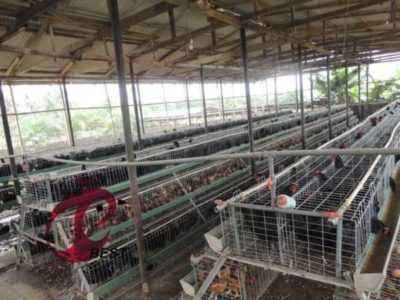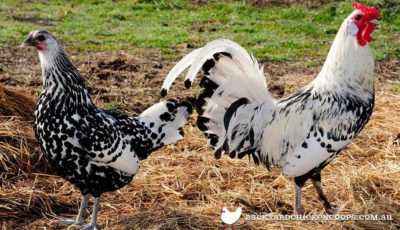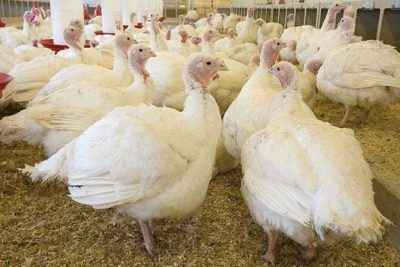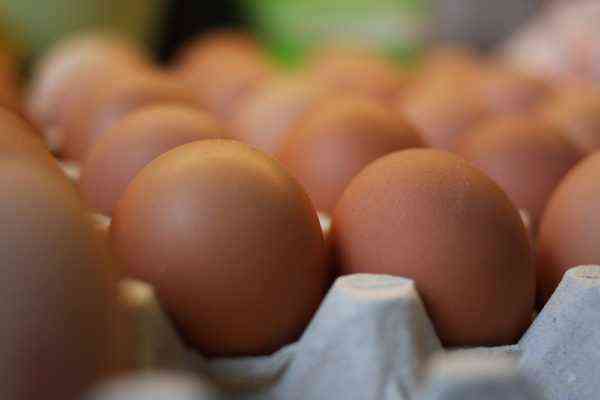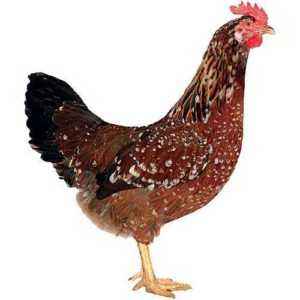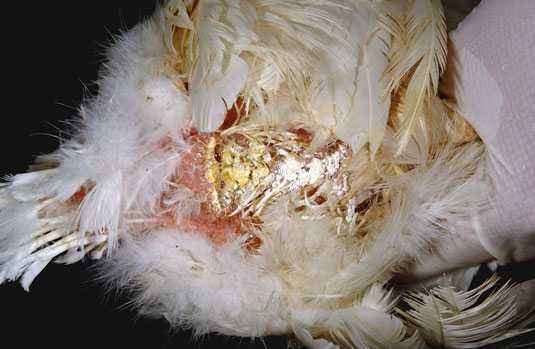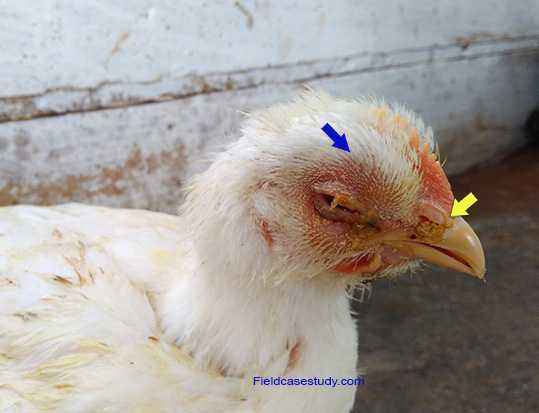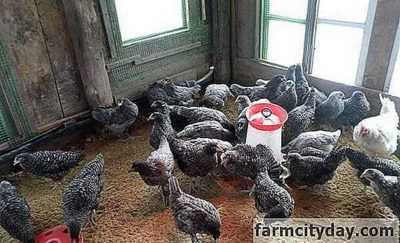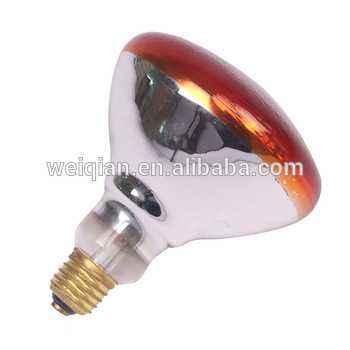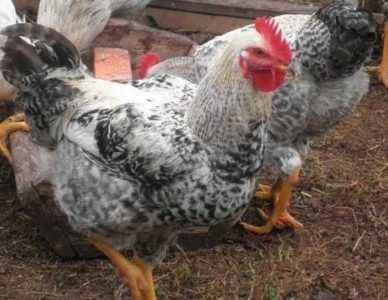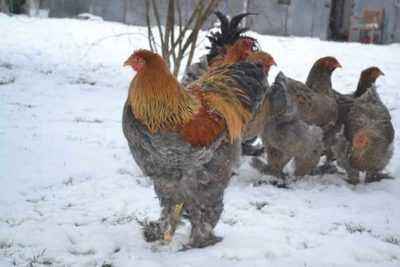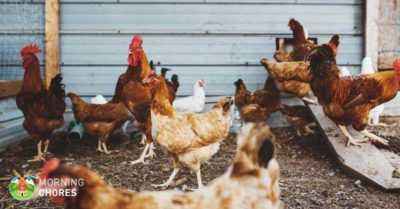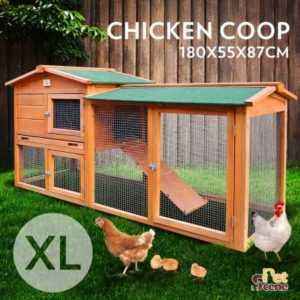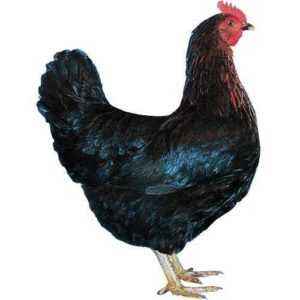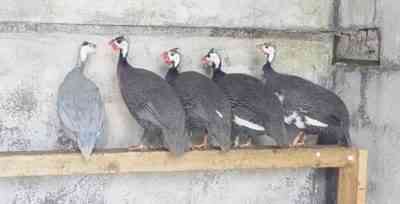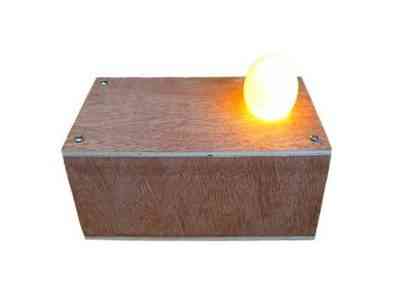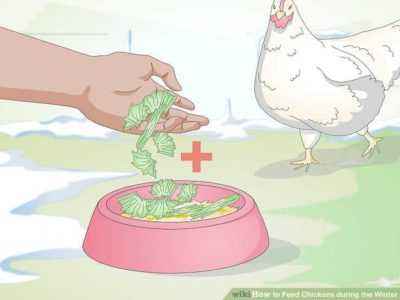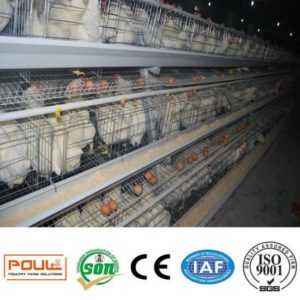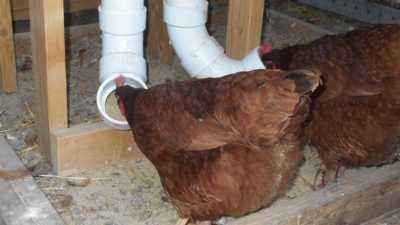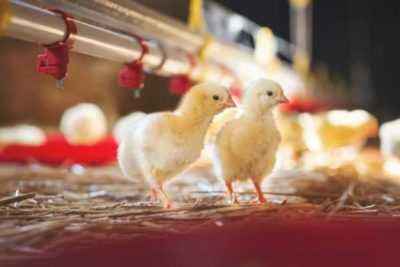Kokhinhin is an old meat breed of chickens, which became the founder of many modern varieties. It was bred in Indochina at the beginning of the 19th century. In the middle of the century, hens came to Europe, and after another 50 years – to Russia. Now the breed’s popularity has fallen, as there are more productive broilers that are gaining weight faster. They keep her at breeding stations and in private farms. Kokhinhin breed of chickens get good reviews.
- The head is small.
- The beak is short, slightly bent.
- The scallop is small, leaf-shaped, bright red.
- Eyes are orange.
- The neck is stocky, it bends when moving into the back.
- The chest is wide and muscular.
- The back is short and wide.
- The wings are not very long, the tips are hidden in the tail.
- Tail the chickens are short, the cockerels have long plaits.
- The hips are muscular, well developed.
- The legs are of medium length, covered with thick feathers.
- The plumage is very thick and loose, different colors.
The character of the Kokhinkhins is calm and balanced. They walk around the yard in a measured manner, they never show aggression towards each other even the handsome cockerels Kokhinhin. They quickly get used to people and behave very friendly.
Deficiencies of the breed are narrowed breast and body, elongated back, metatarsus with weak plumage, pale earlobes or bulging eyes, an enlarged and rough scallop. Hens are exhibition decorative birds such as blue kokhinkhin, therefore they pay special attention to the features of their exterior, much more than to productivity.
Productivity of chickens
Product characteristic of the breed kokhinhin compared with other modern varieties is weak. Now these birds are bred more like decorative , but not meat Kokhinhin. They do not gain much weight, because it is much more profitable to keep broilers. Productivity indicators are:
- Chicken weighs 4-4.5 kg, rooster – 4.5-5.5 kg.
- The number of eggs per year is 100-120 pieces.
- The mass of one egg is 50-60 g.
- The shell is brown in color, strong.
- The hens begin to rush at 7-8 months.
As you can see, there is nothing to boast of, except for the big weight of the hens, but the mass is not their advantage, as the chicks recover slowly. They reach their final size in 5-6 months. During this time, they eat a lot of feed, which makes the Kokhinhin breed unprofitable. Cochinhin chicken meat is tasty, but too fat. With modern nutritional standards, it is difficult to attribute it to dietary, but the broth from this meat is very tasty. In addition, the egg production of chickens does not decrease even in severe frosts.
Advantages and disadvantages of the breed
Since the Kokhinhin chicken breed still exists, it means that it has its own advantages . Advantages include:
- Great weight and tasty meat.
- Good adaptability to cold climates.
- Resistance to any disease .
- Unpretentiousness in forages and to the conditions of detention.
- Good egg production both in summer and in winter.
- Undemanding to areas for walking.
- Good instinct of hatching.
- Beautiful appearance.
If everything is so perfect, why are Kokhinhin chickens so rare? Unfortunately, the breed has many shortcomings that prevent them from being bred on an industrial scale. Here is a list of them:
- Chickens quickly grow fat.
- Chickens fledge for a long time and grow slowly.
- When breeding at home, breed characteristics may be lost.
- Even a large mass does not cover the cost of feed.
- Chickens are expensive, because they breed few.
A few decades ago, the Kokhinkhin breed began to disappear, but lovers from different countries decided to keep these beauties for Kokhinkhin chickens at an affordable price. Now chickens can be found in private courtyards in Europe, America, Asia, and they are in Russia.
Species of the breed
As already mentioned, Kokha hens can have very different plumage is Kokhinhin and red. Now breeding is in the decorative direction, because many people pay attention to the beauty of birds. Several species of Kokhinkhin have formed, which differ from each other in color and structure of feathers.
Black Kokhinhin
Kokhinkhin is coal black – it is a large absolutely black bird. Low tide is purple or green. The color of the fountain pen is black. A white down is allowed, but it should not be visible through the integumentary feathers. Kluvik Kokhinhin coal black has a black-yellow or dark gray. The color of the legs is yellowish or with a green tint. Brown and black color of the metatarsus is not allowed.
White Kokhinhin
White Kokhinhin has a snow-white magnificent plumage. Yellowness is not allowed, marbled pattern, although the feathers may have a silver tint.The beak of the rooster and the chicken should be yellow, as are the metatarsals. Suppose a light greenish shade of the legs. Horny plates on the metatarsus should not be white. Kokhinhin standard white is not very popular, since such plumage looks the least original.
Blue Kokhinhin
Blue Kokhinhin is the most common species in the chicken of the Cochin breed, as it is considered the most beautiful. This Kokhinkhin has a blue or silver color of plumage, evenly distributed throughout the body. There should not be a dark edging on feathers. The rooster has a beautiful blue tail. The head and neck can be almost black, like the cover feather on the wings. Silver with white color of the down is allowed. Metatarsus yellow, may have a slight greenish tint. Unacceptable defects – white feathers on the tail of a rooster, brown or red tint of feathers.
Kokhinhin fawn
Kokhinhin fawn has a bright and rich yellow plumage. In a beautiful color is painted the cushion, the rods of each feather, as well as the metatarsals and beaks. The tail is cast in bronze. Because of this shade of the pen, the breed variety was also called yellow Kokhinhin. Black feathers or black-gray rods, a light shade of color, white plaque on the feathers or a white down are considered a defect. Hens often have a darker shade of feathers than roosters. It should be noted that a true fawn color is a rarity. Most birds have some kind of color defect.
Partridge Kohhinhin
Partridge chicken Cochinchin is a bright and beautiful bird with multi-colored plumage. The shades of the pen on different parts of the body are strictly regulated, primarily in the male. The Kuhhinhin poultry rooster is colored as follows:
- The head is brown-red.
- The collar is golden and brown.
- There is a black hat bordered on each feather of the collar gold.
- The back and shoulders are brownish-red.
- The loin is brown or yellow with gold.
- The feather on the wings is brown above and black below.
- On each wing there is a transverse strip of a saturated black shade with a greenish tint.
- Chest is black-brown.
- Tummy, feathers on the top Stick and metatarsal black.
- podpushka dark greyish, almost black.
Chickens kuropatchatogo color are brown and golden feathers. Each has a characteristic multi-row black edging that follows the shape of a feather. The collar consists of black feathers, each has a golden border. The tail is black with a brown tint. The beak and tarsi are yellowish; on the beak, say a grayish coating. A defect is considered to be bright red and red shades of plumage, interspersed with white feathers, bordered pattern fuzzy, violation of the arrangement of colors on the body.
Dwarf Kokhinhin
The dwarf breed Kokhinhin is a separate species that was bred in China along with a large congener. The structure of the hens, the type of plumage is the same as that of most birds of the Kokhinhin mini dwarf breed. In fact, they differ only in size. A mini chicken weighs 650-700 g, a rooster – 750-850 g. Layers per year can lay about 80 eggs with a light brown shell mass up to 30 g. Dwarf Kokhinhin has the same plumage colors as the large – black, white, fawn or yellow, blue, partridge. Therefore, the dwarf Kokhinhin and its characteristic are positive.
Content of Kokhinhinov
Breed of chickens Kokhinhin unpretentious in content. Such birds can live in the standard chicken coop . The area should be large enough, as the chickens are large. For 1 square. m should live no more than 2 individuals. It is not necessary to equip a place for walking, but if possible, you can make a small area next to the house. Chickens and a rooster do not fly, so you do not need to enclose a walking corral.
The perches in the house are set at a low height so that the heavy chicken can jump onto them. The poultry house needs to be well lit, 10 m² should have 1 window with an area of 1 m². In the evening, include 60 kW lamps. The ideal temperature for the house is 10-15 ° C. In summer, it can rise to 25 ° C, and in winter fall to -2 ° C. But too strong differences should not be allowed: the hens will begin to hurt. If the winters in the region are very cold, it is better to install heating in the chicken coop.
Humidity in the chicken coop should be 55-65%, it is necessary to install ventilation or regularly ventilate the room. Care for hens of the Kokhinkhin breed, their cultivation is simple.It is necessary to regularly change the litter , make sure that it is not too dirty and the humidity does not exceed 25%. To care for the feathers in the house or on the walking platform, you should put a container with wood flour. Birds will arrange dry baths from time to time. There should be no dirt in the pen where the chickens walk: they can stain their fluffy panties from feathers.
Feeding chickens
This unpretentious chicken with a good appetite, eats almost any feed. The basis of her diet is cereals. It is best to give wheat, corn, barley. This breed is prone to obesity, therefore it is better to exclude oats from the menu. Beans will also be useful to chickens: peas, lentils, vetch. In winter, wheat bran, sunflower or soybean cake can be included in the diet.
In summer, Cochinhin chickens can graze in the open, pinch grass, and search for worms and insects. At this time, the diet is enriched with fresh herbs, plant tops. Zucchini, pumpkin, cucumbers and other vegetables are given to chickens. In winter, fresh greens are replaced with grass meal, boiled potatoes, carrots, beets, and kitchen cleanings will provide the flock with all the necessary vitamins.
Proteins enter the body along with meat and bone meal or fish meal , meat broths. Many proteins in legumes. Be sure to include mineral additives in the menu: shells, chalk, salt, gravel. To increase egg production, give Premix and other vitamin supplements.There should always be fresh water in the chicken coop.
Feed the chickens 2-3 times a day. In the morning they give one third of the grain, in the afternoon – wet vegetable mixes, in the evening (at 16-17 hours) – 2/3 of the grain. They are carefully monitored so that they do not gain much weight. Too late evening feedings can lead to obesity of birds. If a kokhinhin rooster or chicken is gaining weight, the diet is reduced, they try to give less high-calorie feeds.
Breeding chickens
Kokhinhin breed chickens are excellent hens. The rooster, both dwarf and standard, fertilizes eggs well. It is important to monitor the weight of the parent herd, obese laying hens and males do not breed well. For breeding, individuals that are fully consistent with the breed are selected. It is very important to preserve all the signs of color, body structure, weight and egg production as in the video.
Eggs can be incubated artificially or placed under a hen. Chicks hatch after 21 days. First they need to be kept warm at a temperature of 28-30 ° C. Round-the-clock lighting is also needed. In the early days, young animals are fed with a boiled egg, chopped herbs, cottage cheese, then porridge or steamed millet, barley and corn grits are given. From the second week, raw wheat grain is connected. Walking chickens can be released from the age of 7-8 days.
The main task of breeding is replenishment of the genetic fund. At home, without proper experience, this is not always possible to achieve.To breed chickens, you can buy an incubation egg, small chickens or adult chickens. Kokhinhin chickens breed late, typical signs in hens and males can be discerned only in 10-12 months.
Buying chicks and eggs for incubation is always fraught with risk, it is difficult to say how high-quality the material will turn out. It is best to purchase adult chickens right away, create a parent herd from them, and independently breed when the laying hens begin to rush. The price of an adult chicken is 800-1500 rubles, depending on the size of the batch and the quality of the breed. Daily chickens cost 200-250 rubles per head, monthly ones are sold for 300-350 rubles, an incubation egg – for 70-100 rubles. A dwarfish type kokhinkhin costs as much as a big one. Implementation is carried out in cities such as the capital (Moscow region), Rostov-on-Don, etc.
